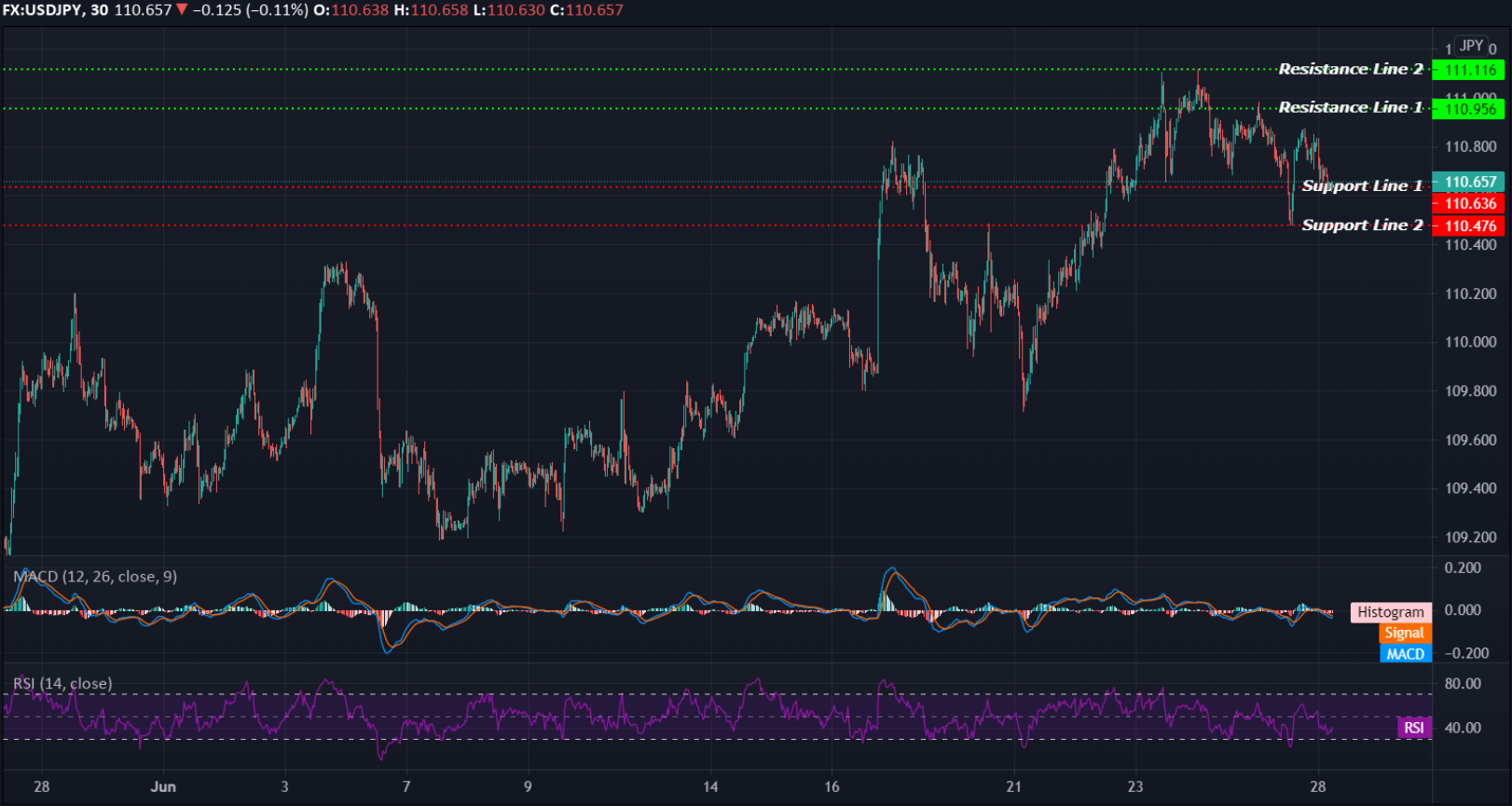EQUITIES
Shares in Asia-Pacific were mixed on Monday trade. The Nikkei 225 in Japan slipped 0.15% while the South Korea’s KOSPI dipped 0.16%. The Shanghai composite, Australia’s S&P/ASX 200, and the S&P BSE Sensex in India saw muted moves, traded fractionally lower in the mid-morning trade, around 0.04%.
The Hang Seng index in Hong Kong at 1.40% higher after resumed trading following an earlier severe weather warning. The Singapore’s Straits Times index rose 0.26%.
Last week on Friday, the S&P 500 rose 2.7% for the week, its strongest weekly gain since early February. The Dow climbed 0.7% while the tech-heavy Nasdaq dropped 0.06%.
OIL
Oil prices on Monday hold on to its October 2018 high, as the U.S. and Iran wrangled over the revival of a nuclear deal. Brent now traded at $76.14 per barrel, and U.S. crude futures traded at $74.04 per barrel.
Last week, the Brent closed at $76.18, while WTI ended at $74.05 per barrel.
CURRENCIES
The dollar held firm on Monday. The dollar's index against six other major currencies was steady at 91.824, having recovered from Friday's low of 91.524 hit in the wake of the inflation readings.
Yields for benchmark 10-year U.S. Treasuries, jumped back above 1.50% on Friday to stood at 1.529 on Monday.
Elsewhere, cryptocurrencies bounced back from weekend lows, though were tracking towards a second consecutive monthly loss. Bitcoin last traded at $34,450, while ether fetched $1,974.
GOLD
Gold prices inched higher on Monday. The spot gold added to $1,783.60 an ounce and added to $1,782.00 per ounce for gold futures. Previously closed at $1,782.10 and $1,777.80, respectively.
Silver was steady at $26.265 per ounce, palladium rose 0.5% to $2,650.00. Platinum gained 0.55% to $1,111.80.
ECONOMIC OUTLOOK
Global stocks got the week off to a cautious start on Monday as investors analysing China’s industrial profits and the U.S. inflation and news of a bipartisan U.S. infrastructure agreement. A spike in coronavirus cases across Asia over the weekend meanwhile hurt investor sentiment.
China’s industrial profits data released Sunday showed profits at China’s industrial firms rose 36.4% in May as compared with a year earlier. That was a slowdown from the 57% year-on-year growth posted in April.
The general mood around an ongoing economic recovery remained solid, as Republican Senate negotiators on an infrastructure deal were optimistic about a $1.2 trillion bipartisan bill after President Joe Biden withdrew his threat to veto the measure unless a separate Democratic spending plan also passes Congress.
The U.S. PCE price index increased 0.5% after advancing 0.7% in April. In the 12 months through May, the so-called core PCE price index, the Fed's favourite gauge of inflation, shot up 3.4%, the largest gain since April 1992.
Among a raft of economic indicators due this week, Friday's payroll data is a key focus, with economists expecting an increase of 675,000 nonfarm payrolls. Elsewhere, negotiations over the revival of Iran's nuclear deal are expected to resume in coming days. A monitoring agreement between Tehran and the U.N. nuclear watchdog lapsed last week.
TECHNICAL OUTLOOK
[USDJPY]
Important Levels to Watch for Today:
- Resistance line of 110.956 and 111.116.
- Support line of 110.636 and 110.476.
Commentary/ Reason:
The dollar retreated at 110.657, down 0.11%, inching away from Thursday’s 15-month high of 111.109.
A slip in the Japan’s benchmark Nikkei index on Monday strengthened the yen.
The yen also saw support after Japan’s CPI data was slightly stronger than expected, which was hawkish for BOJ policy. The June Tokyo CPI report of unchanged y/y was stronger than expectations of -0.3% y/y. Meanwhile the U.S. PCE price index, the Fed's favourite gauge of inflation, shot up 3.4%, the largest gain since April 1992.
USD/JPY has stalled on recent muted trade, with bearish momentum remains weak and a full retracement has not materialised. A bullish breakout may be anticipated.















